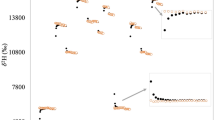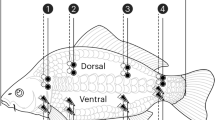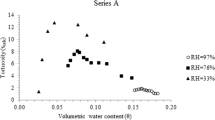Abstract
VARIOUS mechanisms have been proposed to explain the ability of the camel to survive the dehydration stresses of desert life. The use of the fatty hump as a water store has been excluded because calculations of the volume of water released from the metabolic breakdown of this amount of fat do not coincide with the measured losses of body water1. Consideration has been given to the stomach asthe organ in which the camel could store water for periods of severe dehydration. There is some evidence to indicate that the stomach of the camel may indeed play such a part. However, measurements of the amount of water which the camel stomach can store for such a purpose do not give clear evidence that such stores could in fact be completely adequate to see the camel through the prolonged periods of dehydration which it has been known to endure2. Peck has observed that camels develop a ‘physiological’ subcutaneous œdema immediately after rehydrating themselves, and he noted that this phenomenon may last as long as 24 h. On this basis he suggested that the subcutaneous tissue might act as a water-storage depot3.
This is a preview of subscription content, access via your institution
Access options
Subscribe to this journal
Receive 51 print issues and online access
$199.00 per year
only $3.90 per issue
Buy this article
- Purchase on Springer Link
- Instant access to full article PDF
Prices may be subject to local taxes which are calculated during checkout
Similar content being viewed by others
References
Schmidt-Nielsen, K., and Schmidt-Nielsen, B., Physiol. Rev., 32, 135 (1952).
MacFarlane, W. V., Morris, R. J. H., and Howard, B., Nature, 197, 270 (1963).
Peck, E. F., Vet. Rec., 51, 1355 (1939).
Schmidt-Nielsen, B., Schmidt-Nielsen, K., Houpt, T. R., and Jarnum, S. A., Amer. J. Physiol., 185, 185 (1956).
Author information
Authors and Affiliations
Rights and permissions
About this article
Cite this article
MONTGOMERY, P., ASHWORTH, C. & FONTAINE, P. The Camel Capillary. Nature 201, 624–625 (1964). https://doi.org/10.1038/201624b0
Issue Date:
DOI: https://doi.org/10.1038/201624b0
Comments
By submitting a comment you agree to abide by our Terms and Community Guidelines. If you find something abusive or that does not comply with our terms or guidelines please flag it as inappropriate.



